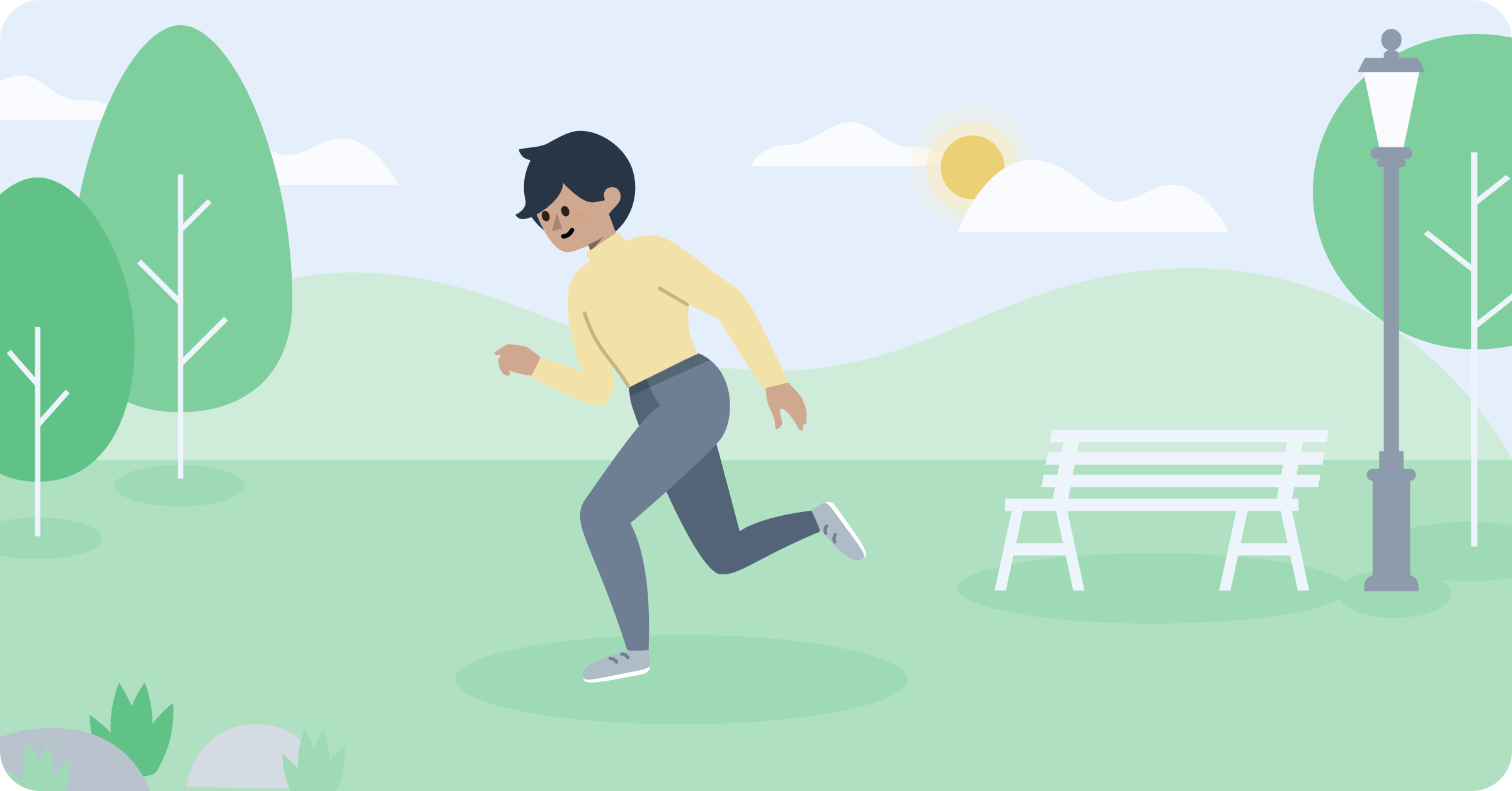Many people with knee osteoarthritis are worried that running and jogging might make the osteoarthritis worse. Here we clarify the perceptions about running with osteoarthritis in the knees, and give practical tips for those who want to continue running in their spare time in a sustainable way.
It has long been known that exercise is an effective treatment for osteoarthritis. Movement is important for the joints and constitutes the very basic treatment for knee osteoarthritis, and adapted exercise can both reduce pain and increase mobility. For people who run regularly, however, it is natural to wonder if the activity accelerates or contributes to the development of osteoarthritis in the knees.
The effect of running and jogging on knee osteoarthritis
Can you continue running and jogging with knee osteoarthritis? Research doesn’t show that recreational running worsens or accelerates the progression of knee osteoarthritis. It is also good to remember that you can also get pain in your knees when running for other reasons, even if you have osteoarthritis.
For most people, it is fine to continue running for exercise, to go for runs in the forest or on a treadmill. However, you are likely to find that adapting your training can be helpful to keep your running comfortable.
Tip: How to keep running with knee osteoarthritis
If you want to continue jogging or running, you need to pay attention to what your knees are telling you and adjust your training intensity, amount and frequency accordingly.
1. Train your leg strength
The stronger the muscles in the legs, the less force goes through the joints when you run, walk, climb stairs, etc. Strength training has also been shown to prevent running injuries in people who train for running. By becoming stronger, the muscles can also relieve the joint, which reduces pain in osteoarthritis.
It is therefore good to see running as a complement to strength training and not as a replacement. Feel free to include exercises for glutes, thighs and calves in your routine. You can also do specific exercises for knee osteoarthritis, more on this below.
2. Regulate how far you run
Adapt your run to your conditions. Feel what works for you, as what works for one runner may not work for another. How much running will your knees allow without more pain? How much is too much? How can you challenge yourself and improve your fitness? What works better and what works worse in your training? Pay attention to what your knees are telling you. Here you can get help with a training plan from a physiotherapist.
3. Give the knees extra time for recovery when needed
All runners need rest days to allow the body to recover and adapt after training. The younger and fitter you are, the shorter recovery time is needed. As you get older, your body takes longer to recover. When you have osteoarthritis in your knees, you may sometimes need more days between runs for proper recovery. Do your knees feel better if you only run twice a week instead of three?
4. Experiment with different surfaces
There is no specific terrain that has been shown to be better or worse for runners with knee osteoarthritis. Some people find that their knees feel better when they run on smooth and flat roads, others prefer “off road” with varying terrain, and some find that running on a treadmill feels best. Here you can experiment and see how your knees feel when you run the same distance at the same speed on different surfaces.
5. Get help to reduce pain with the right exercises
Get the help of a physiotherapist if you are unsure how to set up your training to reduce pain, increase function and continue to live an active life. At Joint Academy you can get digital treatment from home for knee osteoarthritis.
In the treatment, you get access to a personal physiotherapist on your mobile, and receive an individual training program with exercises that strengthen the muscles around the knee joint. You and your physiotherapist have regular follow-ups via chat, video or phone calls, and you can do your exercises when and where you want.
Customise the run and feel it!
To summarise: running has not been shown to worsen osteoarthritis of the knees. However, how much one should run or rest for optimised knee joint health has not been determined. Adapt your run to what you feel is right for you, using the advice above, and get help if you feel unsure.
Sources
Alexander JLN, Willy RW, Culvenor AG, et al. Infographic. Running Myth: recreational running causes knee osteoarthritis. British Journal of Sports Medicine 2022;56:357-358.
Louw, M. 2022. Eight tips for running with arthritis in your knees. Sports-injury-physio.com.



